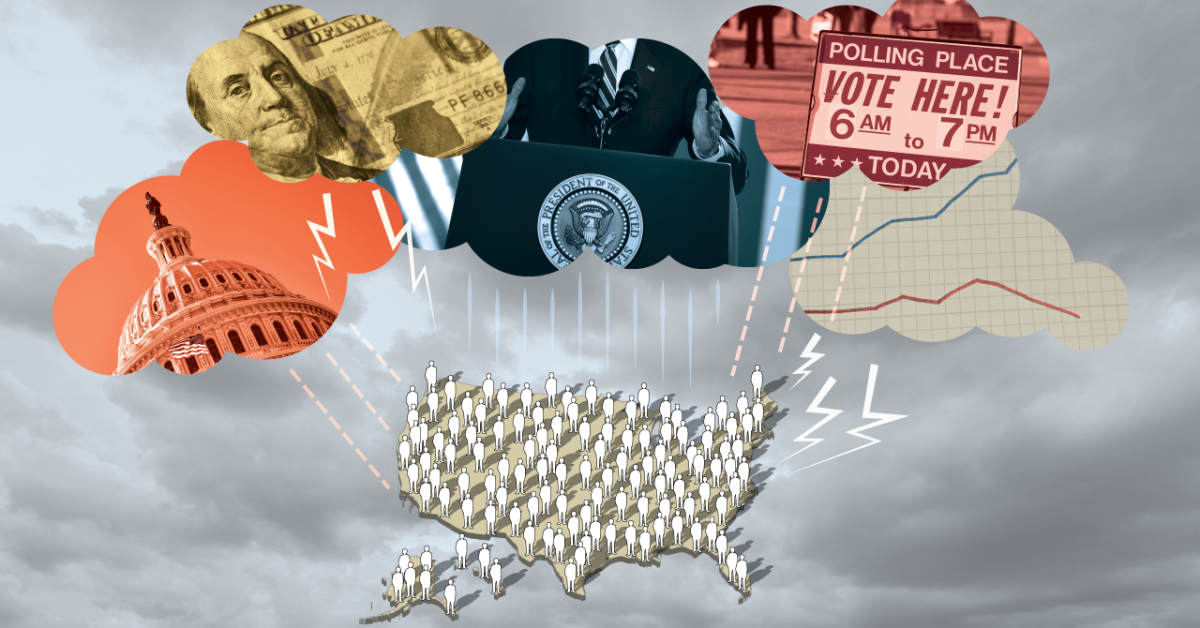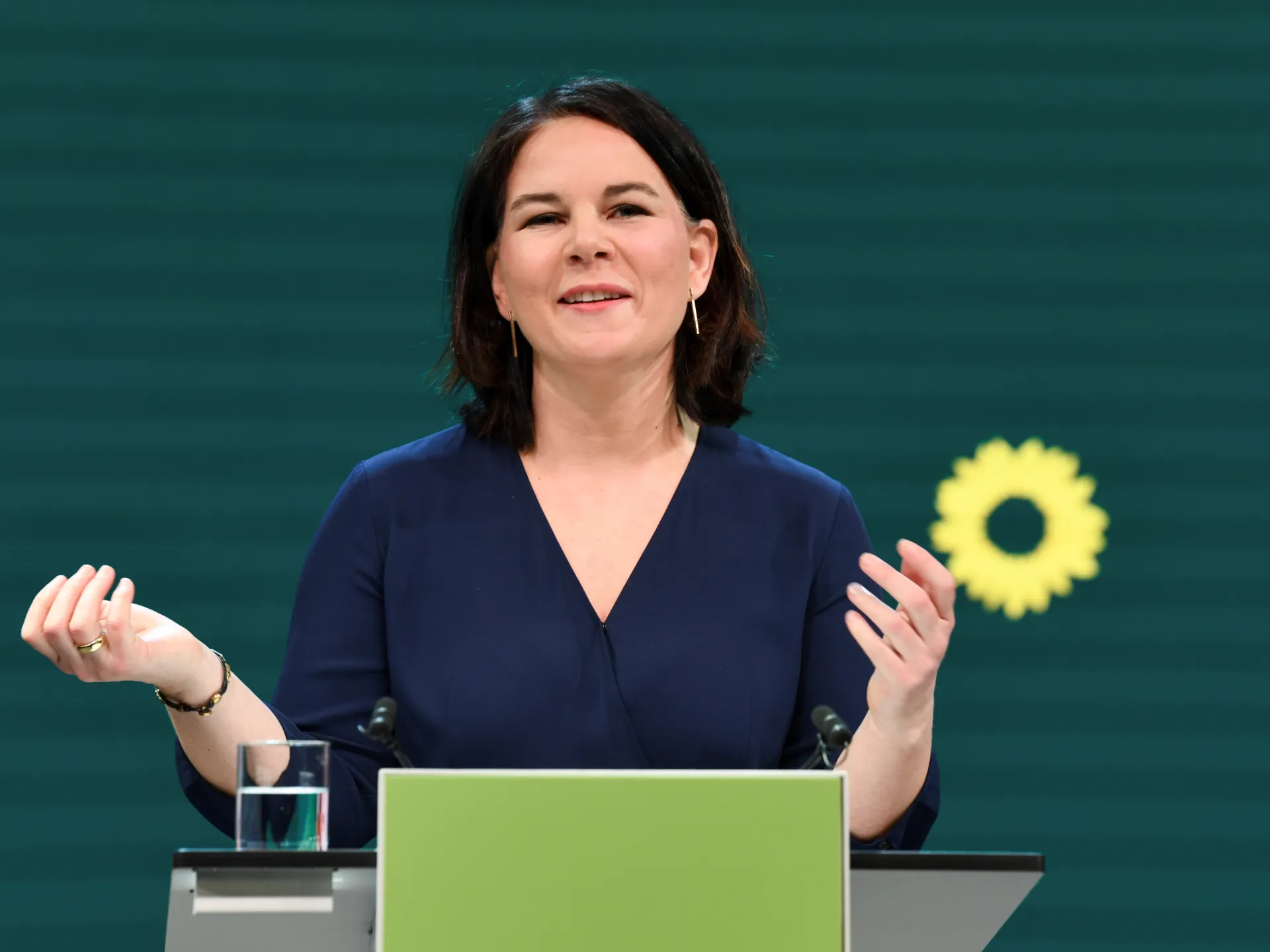Political parties play a crucial role in shaping government policies. Their influence extends from the development of policy proposals to their implementation and evaluation. Understanding how political parties impact policy-making helps illuminate the complexities of governance and the interplay between political forces. This article explores the mechanisms through which political parties shape government policies, their strategies, and the implications of their influence.
The Role of Political Parties in Policy Formation
1. Developing Policy Platforms
Creating Policy Proposals:
Political parties develop comprehensive policy platforms that outline their positions on various issues. These platforms serve as the foundation for policy proposals and guide the party’s approach to governance. During election campaigns, parties present their platforms to voters, promising to implement their policies if elected.
Conducting Research and Consultation:
Parties conduct extensive research and consult with experts, stakeholders, and constituents to develop informed policy proposals. This research helps ensure that policies address real issues and are feasible and effective.
2. Influencing Legislative Agenda

Setting Legislative Priorities:
Once in power, political parties influence the legislative agenda by prioritizing certain issues and introducing bills aligned with their policy platform. The party’s leadership and members work to advance their legislative priorities through the parliamentary process.
Negotiating and Building Coalitions:
In multi-party systems, parties often need to negotiate and form coalitions to advance their policy goals. Building alliances with other parties or interest groups can help secure support for key legislation and increase the likelihood of policy adoption.
Strategies Employed by Political Parties
1. Mobilizing Public Support
Running Campaigns and Advocacy:
Political parties use campaigns and advocacy to garner public support for their policies. Through speeches, advertisements, and grassroots organizing, they promote their policy proposals and seek to sway public opinion.
Engaging with Media:
Parties engage with media outlets to communicate their policy positions and influence public discourse. Media coverage helps shape public perceptions and can impact the success of policy proposals.
2. Utilizing Party Machinery
Leveraging Party Resources:
Parties use their organizational resources, including research teams, policy experts, and communication networks, to shape and promote their policy proposals. Effective use of these resources enhances their ability to influence policy-making.
Deploying Lobbying Efforts:
Political parties may engage in lobbying efforts to advocate for their policy positions. This involves interacting with lawmakers, government officials, and other stakeholders to persuade them to support the party’s agenda.
The Impact of Political Parties on Policy Implementation
1. Influencing Policy Decisions
Setting Policy Priorities:
Once in power, political parties influence policy decisions by setting priorities and directing government resources. Their policy platforms guide decision-making and determine the focus of government initiatives.
Directing Government Agencies:
Political parties influence how government agencies implement policies by appointing officials and providing strategic direction. The party’s leadership works to ensure that agency actions align with their policy objectives.
2. Monitoring and Evaluating Policies
Assessing Policy Impact:
Political parties monitor and evaluate the impact of implemented policies to ensure they achieve desired outcomes. They use feedback from constituents, data analysis, and performance assessments to gauge the effectiveness of their policies.
Adjusting Policies:
Based on evaluation results, parties may adjust or revise policies to address shortcomings or respond to changing conditions. This iterative process helps refine and improve policy implementation.
Challenges and Criticisms
1. Balancing Diverse Interests
Managing Internal Disagreements:
Political parties often face challenges in balancing diverse interests within their ranks. Internal disagreements and competing priorities can complicate policy development and implementation.
Addressing Constituency Demands:
Parties must navigate the demands and expectations of various constituencies. Ensuring that policies address the needs of different groups while maintaining coherence can be a complex task.
2. Navigating Political Pressure
Dealing with Opposition:
Political parties must contend with opposition parties and interest groups that may challenge their policy proposals. Managing political pressure and opposition can influence the feasibility and success of policy initiatives.
Responding to Public Opinion:
Parties may face pressure to adjust policies based on shifting public opinion. Balancing policy goals with public sentiment requires careful consideration and strategic communication.
Case Studies of Political Parties Shaping Policy
1. Healthcare Reform
Example:
In many countries, political parties have played a pivotal role in shaping healthcare policy. For instance, the Democratic Party in the United States pushed for the Affordable Care Act, aiming to expand healthcare access and reduce costs.
Impact:
The party’s policy platform and legislative efforts led to significant changes in the U.S. healthcare system, impacting millions of Americans. The implementation and ongoing evaluation of this policy continue to shape the healthcare debate.
2. Climate Change Legislation
Example:
Political parties globally have influenced climate change policies. The Green Party in various countries advocates for ambitious climate action, pushing for legislation to reduce carbon emissions and promote renewable energy.
Impact:
The party’s advocacy has led to the adoption of climate-focused policies and international agreements, contributing to global efforts to address climate change and promote sustainability.
Conclusion
Political parties play a fundamental role in shaping government policies through their development of policy platforms, influence on legislative agendas, and impact on policy implementation. Their strategies, including mobilizing public support, leveraging party resources, and navigating political challenges, significantly affect policy outcomes. Understanding the mechanisms through which parties influence policy helps clarify their role in governance and the broader political process.

